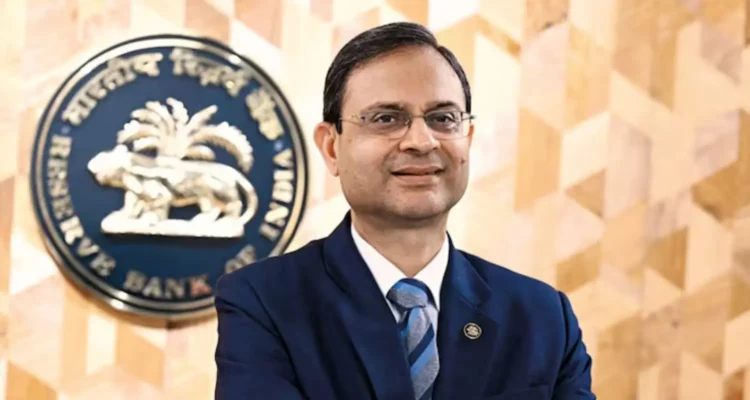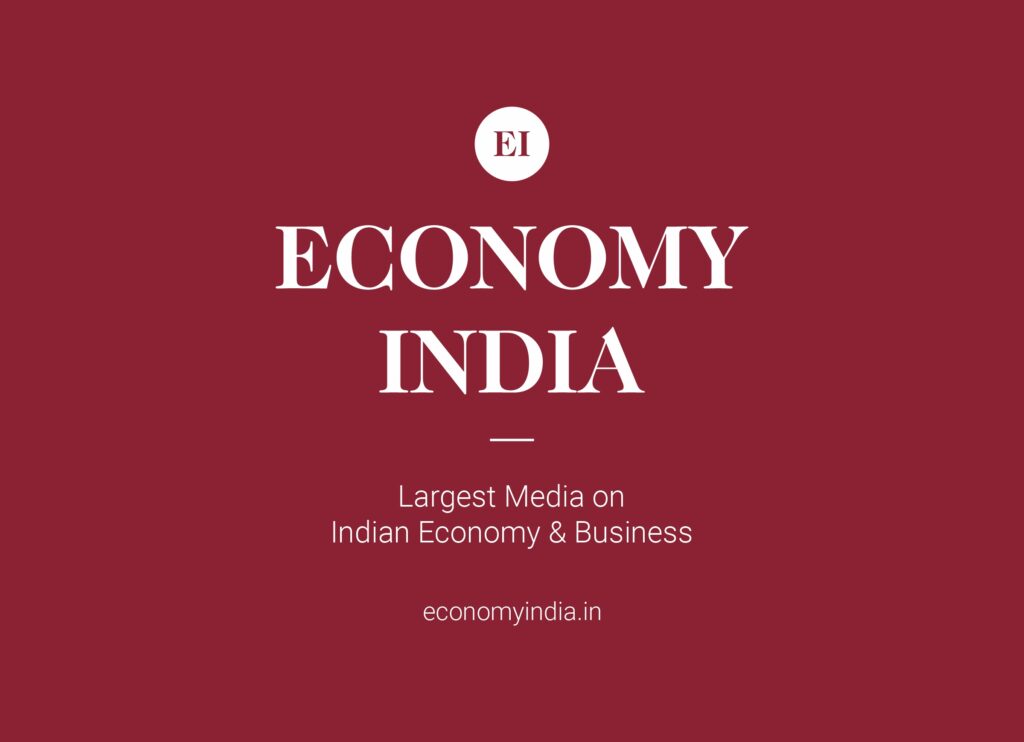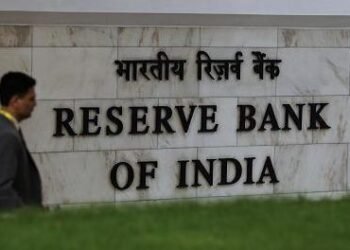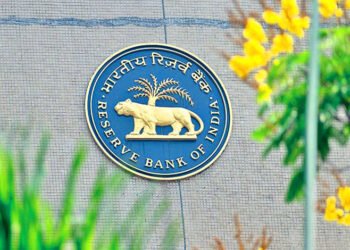“With inflation expected to drop below 2% and GST reforms easing prices, India’s largest lender says the RBI must seize the opportunity to cut rates and support growth.”
New Delhi (Economy India): The Reserve Bank of India (RBI) may reduce the policy repo rate by 25 basis points (bps) in its upcoming Monetary Policy Committee (MPC) meeting scheduled for September 29–30, with the decision to be announced on October 1, 2025. According to a latest report from the State Bank of India (SBI), current economic conditions provide a strong case for monetary easing, which could deliver significant relief to households and businesses.
SBI Forecasts Room for Rate Cut
The SBI research note underlined that inflation has been under control for several months, creating policy space for the central bank. Consumer price inflation is projected to remain below 2% in September and October, and well within the RBI’s target band of 4% or lower until FY2027.
The report even suggested that if the impact of recent GST rate cuts is factored in, retail inflation could drop to 1.1% in October, the lowest level since 2004. This, SBI economists argue, makes a rate cut not only possible but necessary.
“If RBI does not move to cut rates at this juncture, it would amount to a ‘Type 2 error’—missing the right opportunity despite favorable conditions,” the SBI report said.
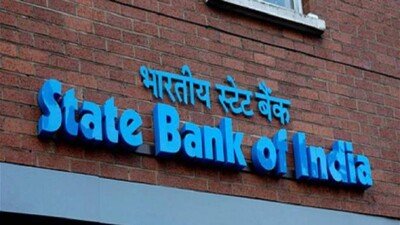
Current Repo Rate and Previous Decisions
The repo rate, at which the RBI lends to commercial banks, currently stands at 5.50%, unchanged since August. In the last three MPC meetings this year, the RBI reduced policy rates thrice—February (25 bps), April (25 bps), and June (50 bps)—bringing the total rate cut in 2025 to 100 basis points (1%).
The August meeting saw a pause, as all MPC members voted in favor of maintaining the rate, citing tariff uncertainties and the need for policy continuity. RBI Governor Sanjay Malhotra had emphasized that inflation risks warranted caution, despite favorable growth indicators.
Why a Cut is Expected Now
SBI’s analysis points to three major reasons supporting a rate cut in September:
- Inflation trajectory is benign: Retail inflation is easing sharply, and projections show it will remain under the 4% threshold for years ahead.
- Global policy environment: Central banks in major economies, including the US Federal Reserve and European Central Bank, have started shifting toward easing after a prolonged cycle of tightening.
- Support for growth momentum: Lower rates will boost consumption and investment demand, particularly at a time when India is seeking to consolidate its strong growth trajectory.
Impact on Borrowers and Businesses
If the RBI moves ahead with a 25 bps cut, borrowers can expect immediate benefits in the form of lower loan EMIs. Home loan and auto loan rates could fall marginally, giving relief to middle-class households. Businesses, particularly in sectors like manufacturing, infrastructure, and MSMEs, are also likely to benefit from cheaper credit, improving liquidity and investment appetite.
Economic experts believe a timely rate cut will also help balance India’s twin goals of growth and price stability. With GST reforms expected to further ease inflationary pressures, analysts say this is the right time for RBI to act.
Risk of Inaction
SBI’s warning about a “Type 2 error” is significant. India has witnessed similar policy missteps in the past, where the central bank held back despite favorable conditions, leading to slower growth recovery. Analysts argue that delaying the rate cut this time could risk dampening momentum in credit growth and private consumption, both of which are critical for sustaining India’s economic expansion.
RBI’s Communication Strategy in Focus
Beyond the decision itself, SBI stressed that RBI’s communication policy will be crucial. Clear forward guidance on the inflation outlook, growth trajectory, and future rate stance will shape market sentiment and investor confidence.
The Road Ahead
The RBI’s decision will be announced on October 1, 2025, following the two-day MPC meeting. While consensus among market watchers now leans toward a 25 bps cut, the RBI could still adopt a cautious approach given external uncertainties such as global oil price volatility and geopolitical risks.
Nonetheless, if the prediction materializes, India’s monetary policy would enter its fourth round of easing this year, signaling a decisive pivot toward supporting growth.
(Economy India)


